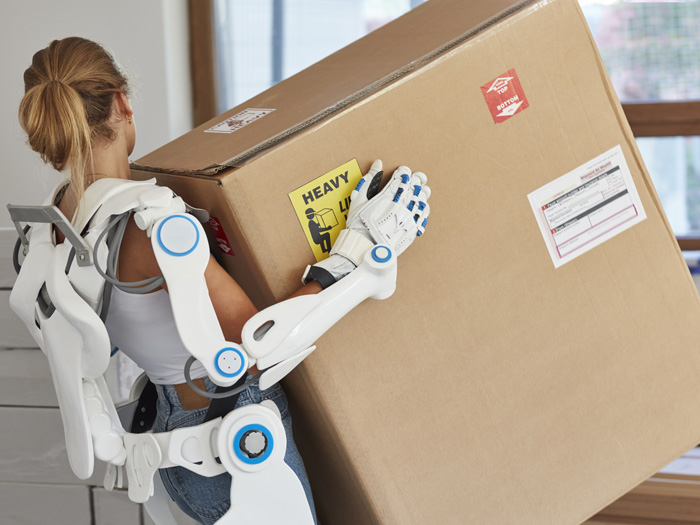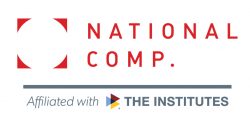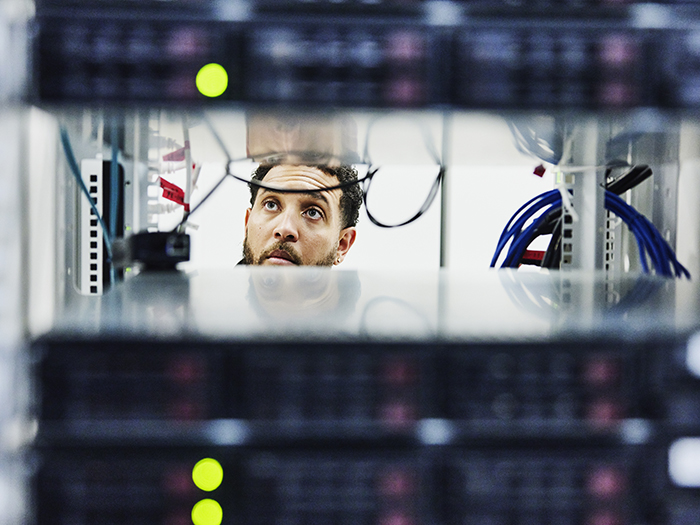Wearable Technology Is Here to Stay. Here’s How It’s Poised to Revolutionize Ergonomics

We’ve heard about the benefits of wearables for years, the promises to monitor movement, measure fatigue and prevent injury. Now we’re seeing the ways wearable data can expand safety efforts.
“Most industries can benefit from having this technology,” said Sean Petterson, CEO and founder, StrongArm Technologies. Laborious professions, such as manufacturing and warehousing, tend to be the industries where wearables are used most.”
“Warehousing logistics and manufacturing environments make a great deal of sense, because we can cover, for example, 10,000 people, which would contribute to an initial starting database of about 40 million hours,” Petterson explained.
“What we’re able to do then is look at the next industry we want to add value to by reducing injuries, and we can look back at that giant pool of 40 million hours and then quickly train up a new data set based off that baseline and go on to the next industry.”
This data enables companies like StrongArm to aid clients in reducing injuries as well as implementing wearable technology best suited for their needs — and all within budget.
National Comp 2022 is excited to bring the latest info on wearables to its attendees during the Thursday, Oct. 20 session, “How Wearables, AI and IoT Are Informing Injury Treatment and Protecting Employee Health.”
Packed with insight on wearable technology, its uses and the outcomes, the session is sure to inform workers’ comp risk professionals on everything there is to know.
A Growing Need for Wearables
We are living in a post-pandemic world, and as such, labor shortages, high turnover, supply chain disruption and more are increasing safety risk for workers. In high-demand jobs such as warehousing or manufacturing, employee turnover coupled with large demands for goods can mean having new entrants with a beginner’s training operating large equipment under stressful timeframes.
That’s a scary recipe for injury.
The National Safety Council logged 1,176,340 nonfatal injuries and illnesses that caused industry workers to miss at least one day of work in 2020, which was 32.4% higher than in 2019.
 Wearables are unique in that they can, in real-time, monitor and correct an employee who might be utilizing poor posture or working under dangerous conditions. Those conditions could be fatigue or poor and/or wrong movement.
Wearables are unique in that they can, in real-time, monitor and correct an employee who might be utilizing poor posture or working under dangerous conditions. Those conditions could be fatigue or poor and/or wrong movement.
“Most safety managers will tell you they’ve been able to impact claims in a lot of different ways, but ergo claims, they’re just the hardest to impact,” said Charlie Acosta, head of insurance, StrongArm. These claims, he explained, are injuries incurred by improper, repetitive motion.
“Catching small repetitive motions isn’t always obvious to identify the root cause of [injury],” Acosta said. “Making sure somebody’s bending correctly every day, as a safety director monitoring the whole floor, can be tough.”
Wearables attached to employees, however, can detect those small repetitive motions in real-time. This technology can alert safety directors, who are then able to correct the motion and prevent injury.
“Wearables are the voice of the employee,” said Acosta, “so it can track their fatigue. It can also track potential issues with a warehouse operation that would utilize engineering solutions.”
What’s in Store for Las Vegas
Operations looking to bring safety to the fore will benefit from this session. As Acosta said, “this is about showing them we can make their operations safer and have no impact on productivity.”
For the risk managers in the audience, he said, the session will show how to reduce loss costs. The session also aims to show to carriers the incredible amount of actuary data wearables can bring that impact pricing and collateral.
In addition, Petterson hopes attendees will gain three main takeaways:
“There’s technology to automate the most challenging parts of the job,” he said. “That’s takeaway number one. The second thing is, there is, for the first time, a disproportionate number of workers to the jobs that need to be worked. The industry’s attitude and approach [to safety] has to adapt to prevent injury.”
Wearable technology, he said, can provide a baseline of data to help organizations make operational changes that will provide a safer environment for new workers.
Finally, Petterson said, he hopes that attendees will walk away from this session with a better understanding of the ways wearables, AI and other IoT injury prevention platforms can aid in reducing overall dollars spent on safety efforts.
“We started out very small and grew our presence in the workers’ comp landscape slowly,” said Petterson. “Now it’s at a point where we’re working with the world’s largest insurers and some of the world’s largest employers. This is the future; we’re just scratching the surface.”
Petterson and Acosta, alongside Michael Rhine, COO, onsites, Concentra, will present at National Comp on Thursday, Oct. 20 at 3:15 p.m. &










